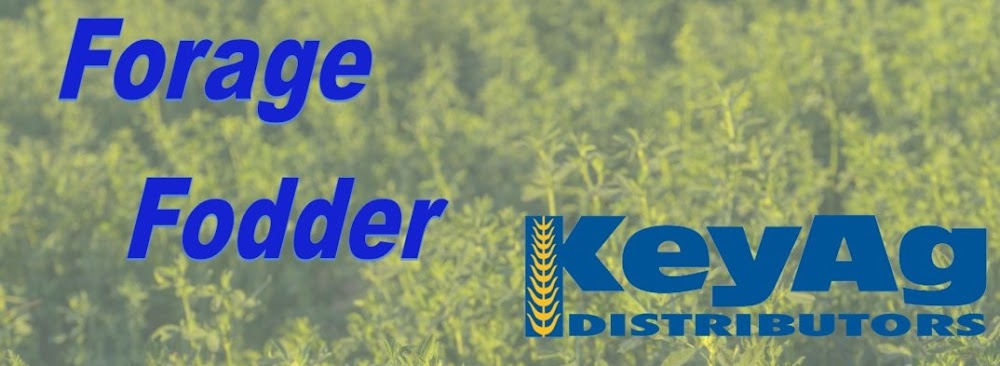Colorado—In the Feb. 3 report, trade activity moderate on good demand for horse hay markets. Trade moderate on good demand for dairy and ranch hay markets. Small squares sold steady to 25 cents higher this week. Mid and large squares had no trades to compare to from the prior week but firm undertones noted. According to the U.S. Drought Monitor’s High Plains Summary for Feb. 1, this week a narrow band of heavy snow fell in eastern Colorado and western Kansas, leading to small improvements in severe and extreme drought in these areas. Extreme drought also improved in the Denver area due to snowfall this week.
Missouri—In the Feb. 3 report, compared to last report, the state saw a mixture of rain, snow and ice mid-week. Hay piles seem to shrink quickly in this type of weather, luckily supplies were ample going into winter and the supply of hay is still moderate and demand is light to moderate and prices mostly steady. The precipitation combined with winds and low temperatures caring for livestock was a challenge. Much of the ground was soft and not frozen prior to the storm as the previous weekend was near 60 degrees and anyone that has fed in those conditions knows it is just a mess trying to get around. Although winter weather is harsh on man and beast the moisture is welcome as many areas need it before the growing season arrives. Farmers continue to watch fertilizer prices hit new records each week making for tough management decisions in the coming months.
Nebraska—In the Feb. 3 report, compared to last week on comparable trades, baled hay and ground/delivered products sold steady. Dehydrated pellets and sun-cured pellets in the Platte Valley sold steady. Dehydrated pellets in the eastern part of the state $10 higher, sun-cured steady. Demand varied across the state. There is still some hay left to sell across the state. Some farmer/feeders are holding on to some hay inventory. May start moving some loads if the weather holds on to be pleasant. Quite a few cornstalk bales that are in loose hands to be marketed. Arctic like temperatures mid week with balmy 50s in the forecast by the weekend. Very limited moisture across the state. Some areas along the Kansas/Nebraska boarder received some moisture Feb. 2.
Oklahoma—In the Feb. 4 report, compared to the last report, winter weather entered the state which allowed the hay market to stay steady. More moisture is still needed to continue to help with the drought conditions and wheat pastures. Thus far, according to the Mesonet for most of the state is experiencing abnormally dry conditions or worse. In the Oklahoma Panhandle the drought conditions are exceptional, western Oklahoma is in extreme drought, central Oklahoma is mainly in a severe drought, and eastern part of Oklahoma is in a severe drought. Unfortunately, on the 6-to-10-day precipitation outlook map shows Oklahoma is likely to receive below-normal precipitation levels for this time of year. The 6-to-10-day temperature outlook map shows higher-than-normal to normal temperatures are likely for most of the state.
Texas—In the Feb. 4 report, compared to the last report, hay prices are steady in all regions. Hay trade was limited this week due to winter weather conditions that blanketed the majority of the state. Northern regions received upwards of 2 to 4 inches of snow. While the Central, Northern, and Eastern regions received rain first causing ice to accumulate on the roads. The Southeast Region received widespread heavy rain, leading to improvements in ongoing moderate drought and abnormal dryness there according to the US Drought Monitor. The majority of the state is still in need of more moisture as drought conditions have expanded in South Central and the Panhandle. Next report will be released Feb. 18.
New Mexico—The hay growing season is over. Last report for the season was issued Nov. 5, 2021. Reports will resume in April 2022.
South Dakota—In the Feb. 4 report, compared to last week, all classes of hay steady. Very good demand remains for all types and qualities of forage. Cold winter temps have set in, increasing the need for supplemental feeding. Hay supplies are very limited across the state, which is supporting the market. A large supply of corn stalks bales were made this fall but there is a great demand for these as well as livestock producers can grind and blend these bales into their rations. Most of the state is without snow cover, except for the northeast corner. Beef cows are able to stay out on corn stalk fields, or winter pastures, as the winter has been open. Concern remains for the coming growing season as moisture remains scarce.
Wyoming—In the Feb. 3 report, compared to last week, all reported hay sold steady on a thin test. Most contacts continue to get calls daily as livestock owners look for hay. Some contacts have limited supply of 2021 hay and some have put a load or two on video hay auctions trying to optimize a higher price. A skiff of snow was reported in some areas of the state along with cold temperatures.
Montana—In the Feb. 4 report, compared to last week, hay sold generally steady. Hay movement was slower this week after an active week last week. Demand for hay continues to be very good. Supplies available for sale remain light and producers are continuing to sell out of Montana grown hay. Mild weather continues to help ranchers conserve hay. A cold snap was seen mid week, however temperatures rebounded nicely late week and into the weekend. Hay being delivered into the state increased in price this past week to $315-$345 delivered, a $15.00 to $20.00 increase from the last few weeks. Brokers of hay are having to look farther away to find hay.


No comments:
Post a Comment